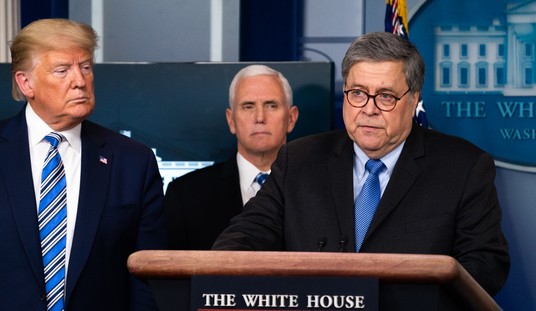Now we have the latest in the long and growing list of unpleasant “surprises” about the Affordable Care Act.
It turns out that expansion of coverage of Medicaid for low income Americans increases rather than decreases visits to hospital emergency rooms.
According to just released results of a new study, published in the journal Science, based on 10,000 low income residents in Oregon newly covered by Medicaid, their emergency room visits were 40 percent higher than those with no insurance at all.
It was supposed to be the opposite. Supposedly a big driver of our high expenditures in health care has been due to those without insurance going to emergency rooms.
So get more of these folks covered with government health insurance, they stop going to the emergency room, and we all save money. Right? Wrong.
According to this study, increased ER visits, as result of expanded Medicaid coverage, increased spending by $120 per covered individual.
Several factors could be at work here.
One, it has been widely reported that physicians in private practice avoid Medicaid patients because of low reimbursement rates. So being covered by Medicaid does not necessarily increase the chances of personal care in a private office.
Another factor is appreciation that behavior is driven by cultural experience. Anyone that understands the culture of low-income America knows that these are not communities where health care is associated with private physician visits. It is associated with emergency rooms and hospitals.
It may well be as more lower income individuals get under the Medicaid umbrella, they simply feel even more comfortable doing what they always have done – go to the emergency room.
Recommended
If the results of this study provide a reliable snapshot of reality, we now face another huge and costly error in the assumptions that built and brought us Obamacare.
Those who created this law decided on a “fix” for the uninsured who earn too much to qualify for Medicaid but who are too costly to subsidize for private insurance purchased through exchanges. The brilliant decision was to expand qualifications for Medicaid up to those earning 138 percent above poverty.
In order to bribe states to expand their Medicaid programs to cover these individuals, the federal government (translation: we taxpayers) will cover 100 percent of the costs of expansion for three years, and then 90 percent thereafter.
Twenty-five states plus the District of Columbia have agreed to take the bribe.
So far, providing “free” government health care through Medicaid has been attracting far more new enrollees than individuals signing up on the exchanges. Estimates are there almost 2 million new enrollees through the exchanges and about 4 million new enrollees into Medicaid.
The Congressional Budget Office projects the number of enrollees in Medicaid to reach 91 million by 2023. And CBO projects annual growth in expenditures on Medicaid to be 8 percent per year, or more than double the expected growth rate of the American economy.
The bottom line is Medicaid is becoming a back door to get an increasingly large percentage of the American population on a single-payer government health care system and an increasingly large percentage of the American population on welfare.
Given the results of this new study, in all likelihood the costs of all this in dollars is grossly underestimated.
And given my experience studying welfare for 25 plus years, both initially as a recipient of it, and then as a critic of it, the human costs of all this are also grossly underestimated.
Less government would open the door to creative ways to deliver more and better health care, geared to the needs of different individuals. Vouchers for low-income earners solves the problem for these folks to buy insurance.
But if what we want is bigger government, more Americans addicted to it, and growing waste, deficits and debt, we’re on the right track.
























Join the conversation as a VIP Member